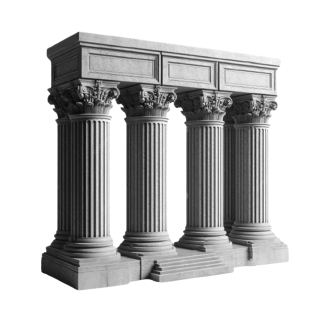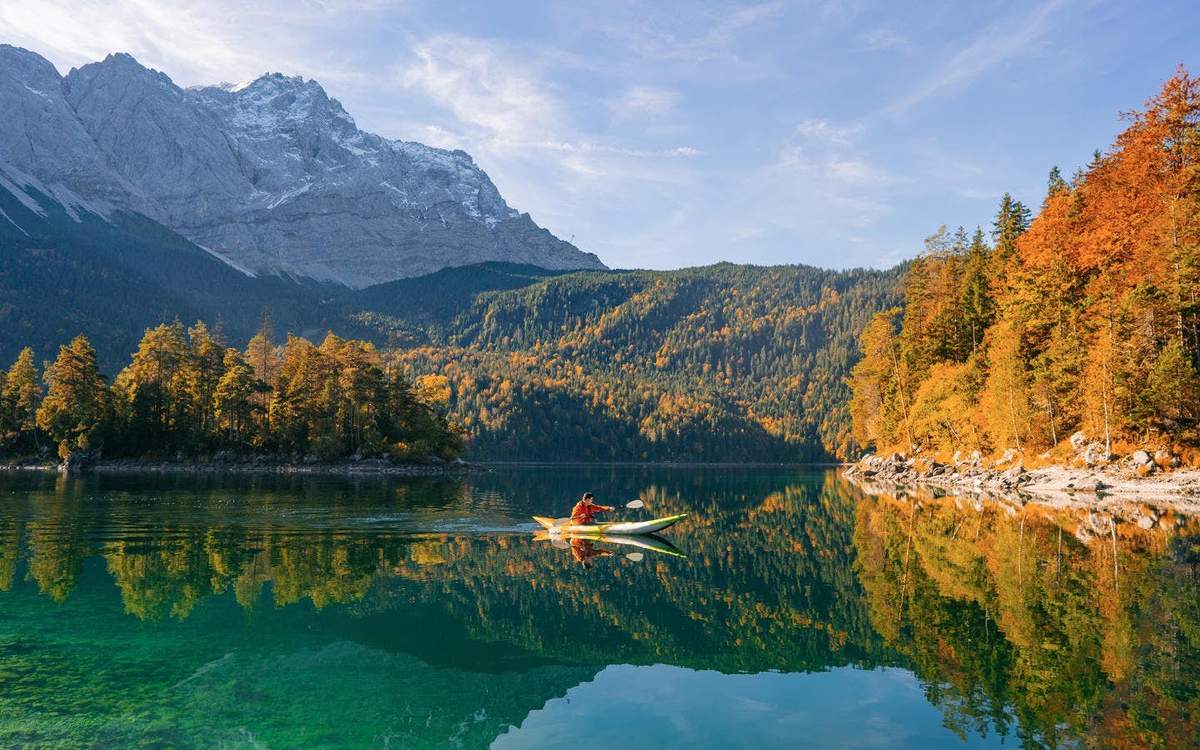
Overview
The largest city on the Romantic Road (and Bavaria's third largest), Augsburg is also one of Germany’s oldest, founded by the stepchildren of Roman emperor Augustus over 2000 years ago. As an independent city state from the 13th century, it was also one of its wealthiest, free to raise its own taxes, with public coffers bulging on the proceeds of the textile trade. Banking families such as the Fuggers and the Welsers even bankrolled entire countries and helped out the odd skint monarch. However, from the 16th century, religious strife and economic decline plagued the city. Augsburg finally joined the Kingdom of Bavaria in 1806.
Leave the planning to a local expert
Experience the real Augsburg. Let a local expert handle the planning for you.
Must-see attractions
Get a book. Get inspired. Get exploring.
in partnership with getyourguide










